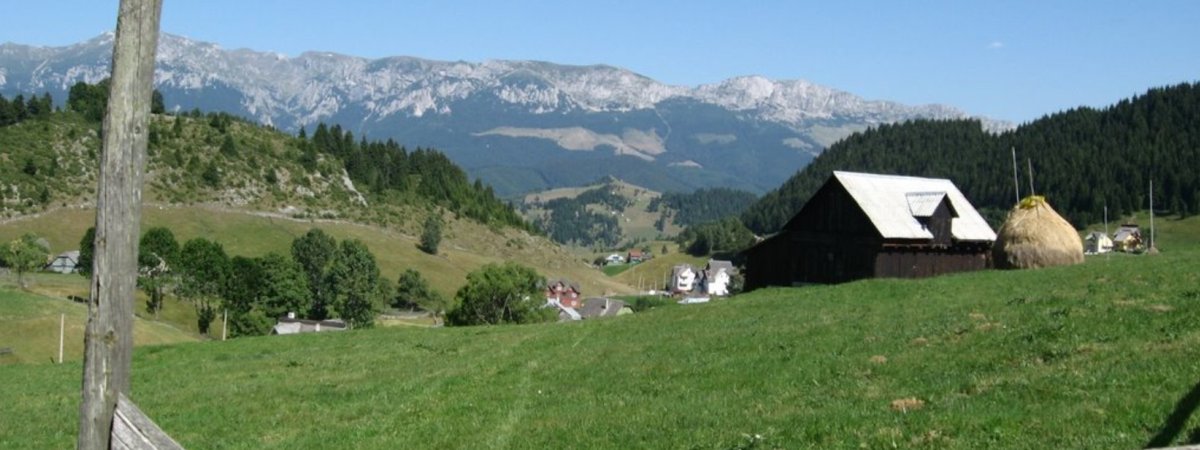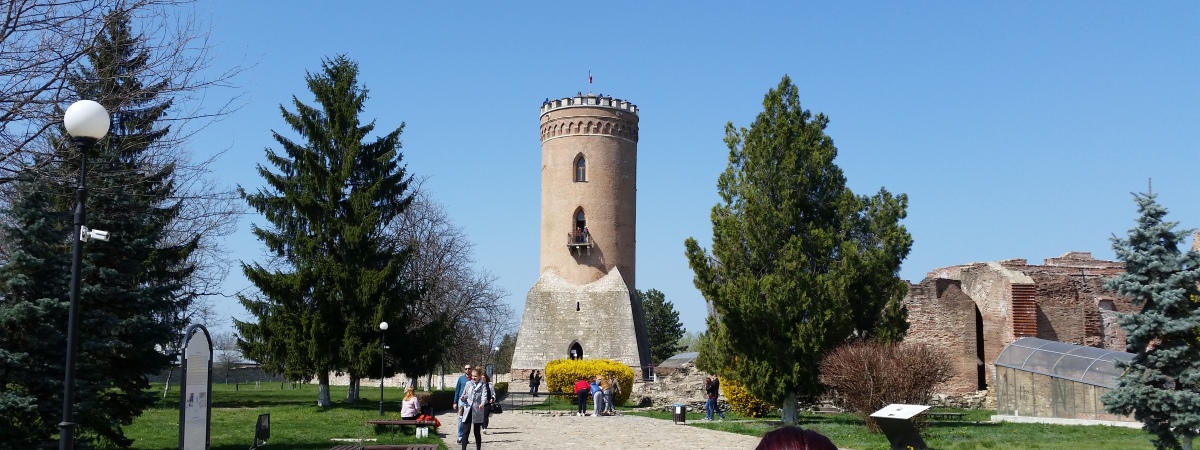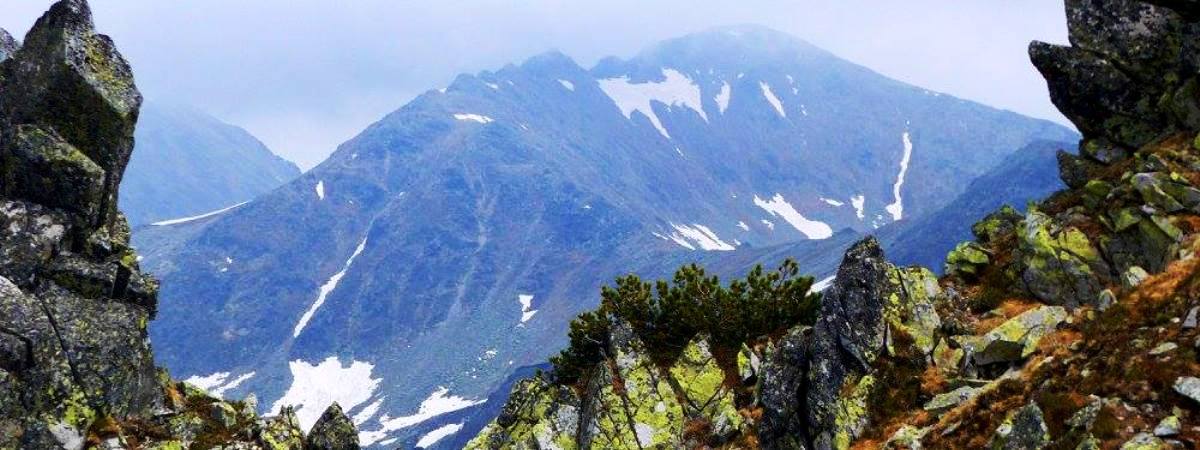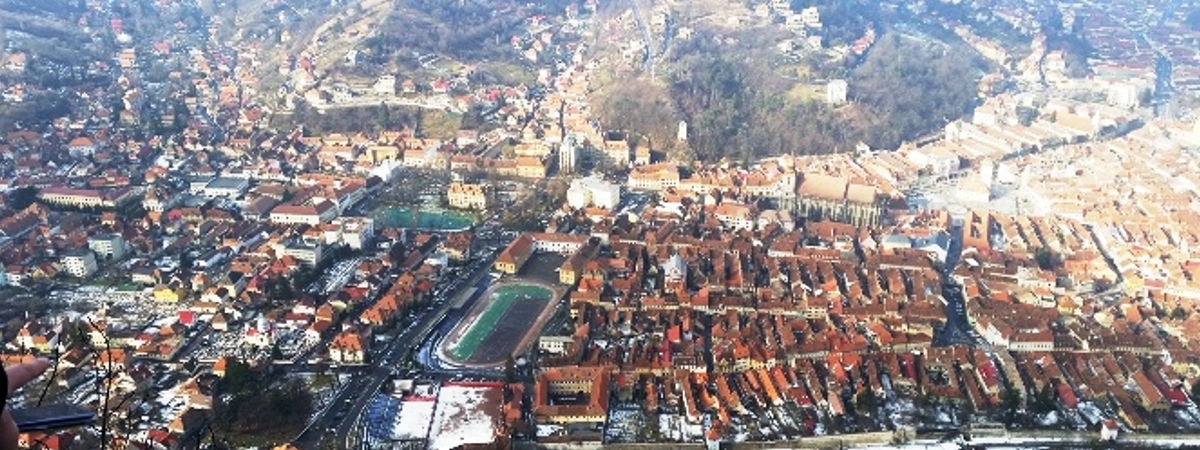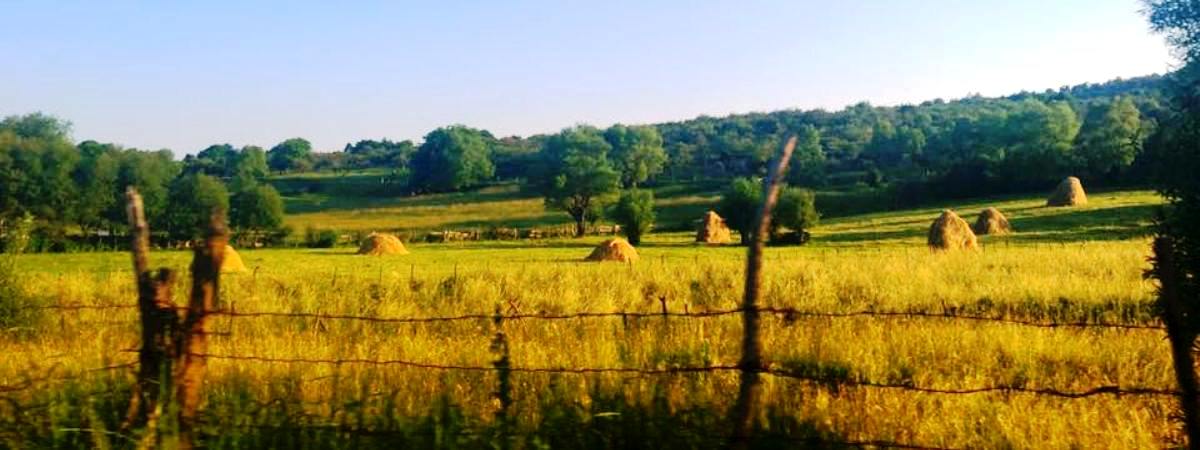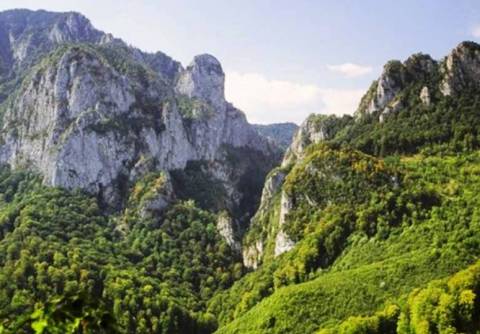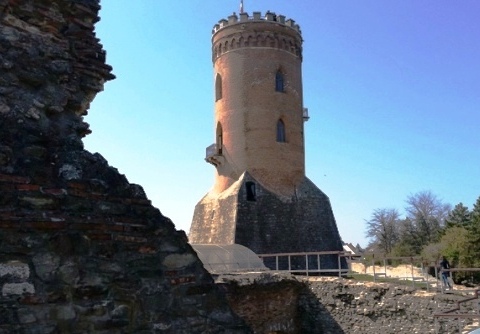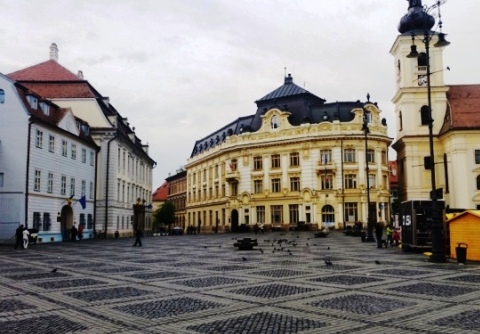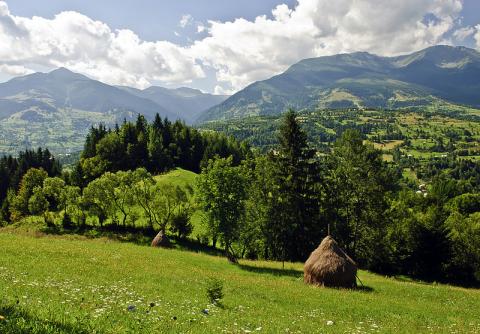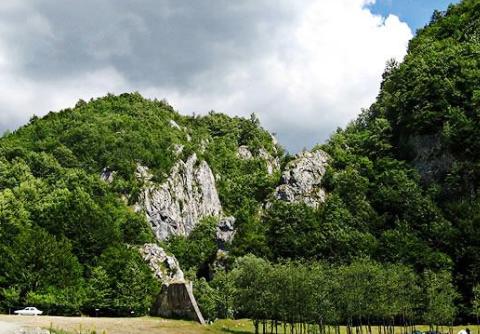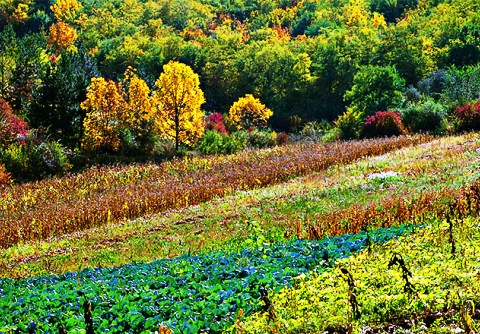Short history of Romania
Romania is a state located in south-eastern central Europe, on the lower course of the Danube, north of the Balkan peninsula and northwest Black Sea coast. In its territory is located almost the whole Danube Delta and the southern and
central part of the Carpathian Mountains. It is bordered by Bulgaria in the south, Serbia in the southwest, Hungary to the northwest, Ukraine to the north and east and the Republic of Moldova to the east, and the Black Sea coast is located
to the southeast.
Throughout history, various parts of today's territory of Romania were in or under the administration of Dacia, the Roman Empire, the Ottoman Empire, the Russian Empire, and the Austro-Hungarian Empire. Romania emerged as a state, led by Alexandru Ioan Cuza,
in 1859, by the union between Moldova and the Romanian country, preserving the autonomy and the status of tributary state towards the Ottoman Empire, which had the two principalities. It was recognized as an independent country 19 years later. in 1918,
Transylvania, Bucovina and Bessarabia joined with Romania, forming Great Romania or interwar Romania, which had the largest territorial expansion in Romania's history (295,641 sq. km).
On the eve of the Second World War (1940), Great Romania, under the pressure of Nazi Germany, yielded territories of Hungary (North-East Transylvania), Bulgaria (Cadrilater) and Soviet Union (Bessarabia, Herta and Northern Bukovina). After the abolition
of Antonescu's dictatorship on 23 August 1944, Romania withdrew from the alliance with the Powers of the Axis, passing on to the Allied Powers (England, the United States, France, and the Soviet Union). By the Paris Peace Treaty signed on February 10, 1947,
the ceded territories of the former Great Romans recovered Northern Transylvania.
After removing the communist regime installed in Romania (1989) and after the breakup of the Soviet Union (1991), the state initiated a series of economic and political reforms. After a decade of economic problems, Romania introduced new general economic
reforms (such as the single tax rate in 2005) and joined the European Union on January 1, 2007. Romania is a semi-presidential republic. It is the ninth state by surface area (238,397 km) and the seventh by population (over 20 million inhabitants) among the EU
Member States. The capital of the country, Bucharest, is also its largest city and sixth city in the EU by population (1.9 million inhabitants). In 2007, it was Romania's turn to designate a city as the European Capital of Culture, being elected Sibiu.
Romania is a member of international organizations, including the UN since 1955, the CoE since 1993, the European Union since January 1, 2007, NATO since March 29, 2004, the OSCE, the OIF in 2003, the Latin Union since 1980, and some economic institutions:
World Bank, IMF since 1972, EBRD since 1991; and is a candidate for membership of the OECD.
Information taken from wikipedia
